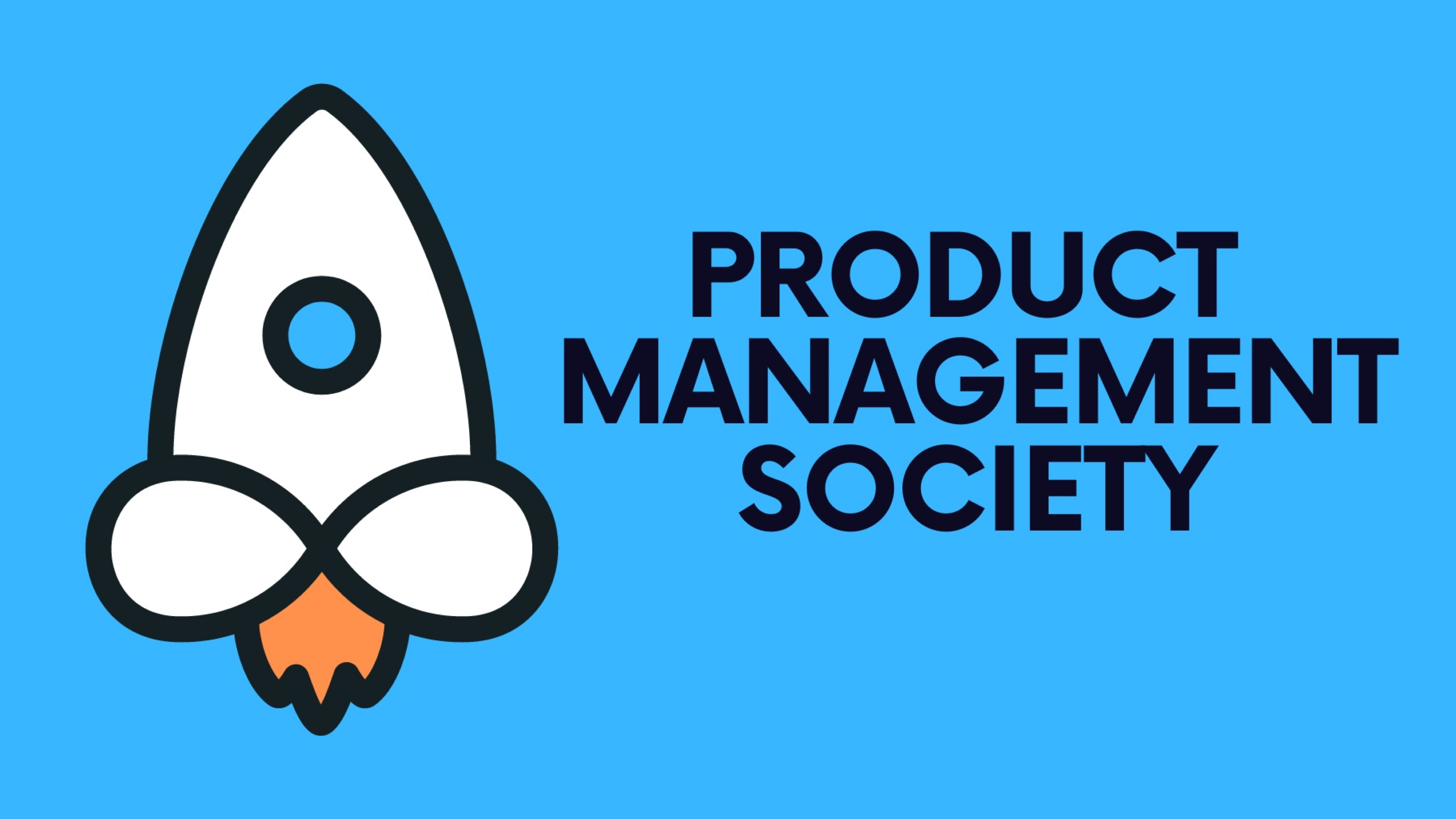Global product management presents unique challenges and opportunities, requiring a nuanced understanding of cultural differences, local market needs, and effective communication strategies. This article explores key considerations and strategies for successfully managing products on a global scale.
1. Understanding Cultural Differences
Recognize and Respect Cultural Diversity:
Thanks for reading Product Management Society! Subscribe for free to receive new weekly posts 🚀
- Cultures vary in communication styles, decision-making processes, and conceptions of time and authority. Understanding these differences is crucial to tailor your management approach and ensure successful collaboration.
Adapt Your Communication Style:
- Some cultures prefer direct communication, while others value a more indirect approach. Adapting your communication style to fit the cultural context can prevent misunderstandings and build stronger relationships.
2. Localizing Products
Conduct Local Market Research:
- Understand users' specific needs, preferences, and behaviors in each market. This can involve primary research methods such as surveys, focus groups, and user testing within those specific cultural contexts.
Customize Products to Local Needs:
- Based on your research, adapt your product’s features, design, and user experience to meet local tastes and requirements. This might include changes to language, aesthetics, user interface, and functionality.
3. Building Multicultural Teams
Create Diverse and Inclusive Teams:
- Build teams that reflect the diversity of the markets you serve. A multicultural team brings a variety of perspectives and is better equipped to identify opportunities and potential pitfalls in different regions.
Foster an Inclusive Environment:
- Encourage sharing different perspectives and cultivate an environment where all team members feel valued and heard. This enhances creativity and innovation within your team.
4. Navigating Regulatory Environments
Understand Local Regulations and Compliance:
- Each country has its own regulatory environment concerning privacy, data security, consumer rights, and more. Understanding and complying with these regulations is essential to avoid legal issues and build trust with local users.
Leverage Local Expertise:
- Engage with local legal and business experts to navigate these complexities effectively. This can include hiring local consultants or working closely with regional team members who understand the local business landscape.
5. Effective Cross-Cultural Communication
Utilize Technology for Collaboration:
- Leverage collaboration tools that facilitate communication across different time zones and geographical locations, such as Slack, Zoom, or Microsoft Teams.
Regular Check-ins and Updates:
- Schedule regular meetings with team members across all regions to ensure alignment and address any issues promptly. Be mindful of time zone differences when scheduling these sessions.
6. Measuring Success and Gathering Feedback
Implement Consistent Metrics Across Markets:
- While customization for local markets is necessary, consistent performance metrics across all regions are also important to evaluate the product’s global impact effectively.
Continuous Feedback Loop:
- Establish a continuous feedback loop with local teams and customers to keep improving the product. This includes regular updates, iterations, and responsiveness to customer feedback.
Conclusion
Global product management is an exciting field that offers the opportunity to reach a vast and diverse user base. By understanding cultural differences, localizing products effectively, navigating regulatory environments, and fostering strong cross-cultural communication, you can overcome the challenges and harness the full potential of global markets. Embracing these strategies will enhance your product's global success and enrich your experience as a product manager.
Stay tuned for our next article, where we will explore the impact of emerging technologies on product management.
If you’re finding this newsletter valuable, consider sharing it with friends, or subscribing if you aren’t already. Also, consider coming to one of our Meetups and following us on LinkedIn ✨
Thanks for reading Product Management Society! Subscribe for free to receive new weekly posts 🚀







